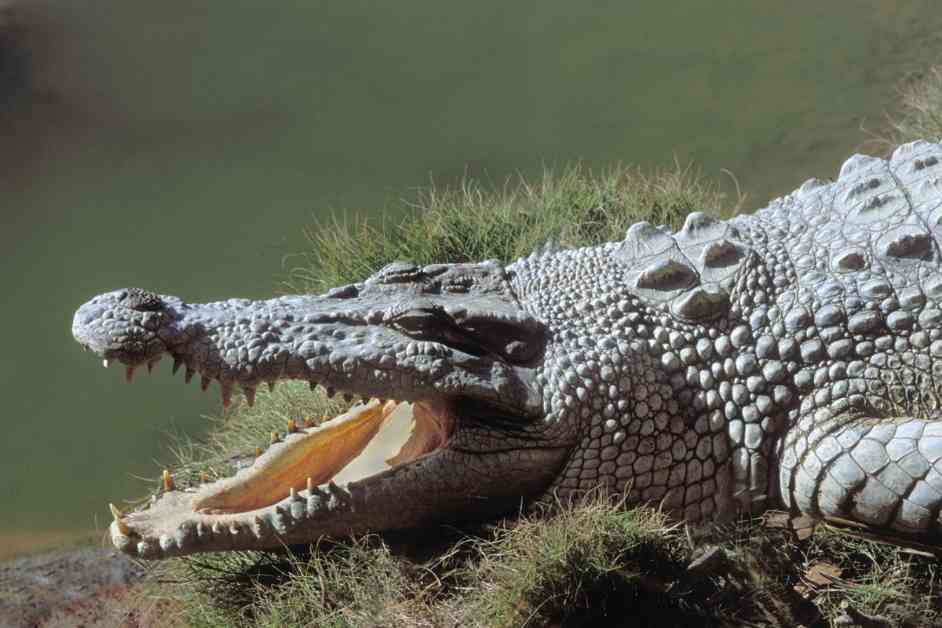Top 7 Dangerous Reptiles: Snakes to Lizards Revealed
Reptiles have long been a source of fascination and fear for humans, with their sharp fangs, deadly venom, and powerful jaws. While some may view them as creatures to be admired from a distance, others may see them as a threat to be avoided at all costs. In this article, we will explore some of the world’s most dangerous reptiles, from snakes to lizards, and uncover the reasons behind their fearsome reputation.
Amphibian vs Reptile: What’s the Difference?
Before we delve into the world of deadly reptiles, it’s important to understand the distinction between reptiles and amphibians. While both groups of animals are cold-blooded and lay eggs, there are key differences that set them apart. Reptiles have scales, claws, and typically live on land, while amphibians have smooth skin, webbed feet, and often require a moist environment to survive. In terms of danger, reptiles tend to be more lethal due to their venomous bites and aggressive behavior.
The World’s Most Dangerous Reptiles
1. Inland Taipan
The Inland Taipan, also known as the “fierce snake,” is considered the most venomous snake in the world. Endemic to semi-arid regions of central east Australia, this deadly serpent is a specialist hunter of mammals, primarily rodents. Its potent venom is adapted to kill warm-blooded animals, making it a formidable predator in its ecosystem. Just one bite from the Inland Taipan contains enough lethality to kill at least 100 adult humans, highlighting the extreme danger posed by this snake.
2. King Cobra
The King Cobra, the world’s longest venomous snake, is revered for its majestic appearance and deadly capabilities. With an average length of four meters and a maximum record of 5.85 meters, this snake commands respect in the animal kingdom. In the Indian subcontinent, the King Cobra holds cultural significance as the national reptile of India. However, habitat destruction and poaching for traditional Chinese medicine have put this species at risk. In India, killing a King Cobra is a serious offense punishable by up to six years of imprisonment, underscoring the value placed on this iconic snake.
3. Saltwater Crocodile
The Saltwater Crocodile, the largest reptile on Earth, is one of the deadliest sea creatures known to man. With a length of up to seven meters and weighing up to 1,000kg, this formidable predator resides in the Indo-Pacific region of Australia, Southeast Asia, and India. Known for its powerful bite, which is the strongest in the animal world, the Saltwater Crocodile views humans as prey in its brackish coastal waters. Despite their aggressive nature, actual attacks on humans are relatively rare, with only 47 recorded incidents in Queensland, Australia, between 1985 and July 2023, resulting in 13 fatalities.
4. Komodo Dragon
The Komodo Dragon, a giant lizard native to Indonesia, possesses 60 serrated, shark-like teeth that can deliver a deadly bite. While its bite is not as powerful as that of a Saltwater Crocodile, the Komodo Dragon’s venom glands in its lower jaws produce poison as potent as that of the deadliest terrestrial snakes. This lethal combination of sharp teeth and venom makes the Komodo Dragon a formidable predator in its habitat, capable of taking down large prey with ease.
5. Alligator
American Alligators, although less aggressive than their Saltwater Crocodile counterparts, are still formidable predators that should be approached with caution. Known to attack if threatened or hungry, these reptiles have been responsible for 376 injuries and 15 deaths between 1948 and 2004. Despite their menacing appearance, fatalities from encounters with Alligators are rare, highlighting the importance of respecting these powerful creatures in their natural environment.
6. Alligator Snapping Turtle
The Alligator Snapping Turtle, a dangerous turtle native to Florida, may not be known for attacking humans, but its ferocious bite is not to be underestimated. With a bite force of around 1,000 pounds, this prehistoric-looking creature can snap through bone if provoked. Recognizable by their armor-like shells and dinosaur-like appearance, Alligator Snapping Turtles are a reminder of the ancient lineage of reptiles that still inhabit our world today.
7. Green Anaconda
The Green Anaconda, one of the largest snakes in the world, is a formidable predator that has been known to prey on a wide range of animals, including mammals, birds, and fish. While there are no documented cases of Green Anacondas consuming humans, their ability to extend their jaws wide enough to swallow an adult human raises concerns about potential conflicts in their habitats. As human populations encroach on the territories of these snakes, the likelihood of encounters with Green Anacondas may increase, highlighting the need for caution and respect when interacting with these powerful predators.
In Conclusion
Reptiles, from deadly snakes to formidable lizards, have captured the imagination of humans for centuries. While some may view them as symbols of danger and fear, others see them as vital components of the natural world that deserve our respect and protection. By understanding the behaviors and capabilities of these dangerous reptiles, we can coexist with them in harmony and appreciate the unique role they play in our ecosystem. Whether it’s the lethal venom of the Inland Taipan or the powerful jaws of the Saltwater Crocodile, each of these reptiles serves as a reminder of the incredible diversity and complexity of the animal kingdom.
